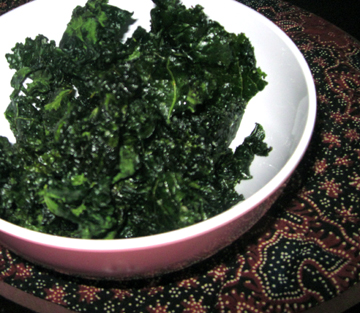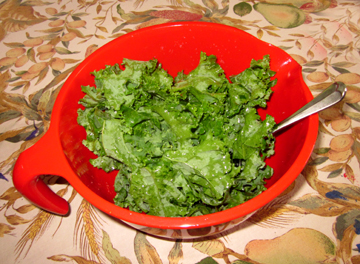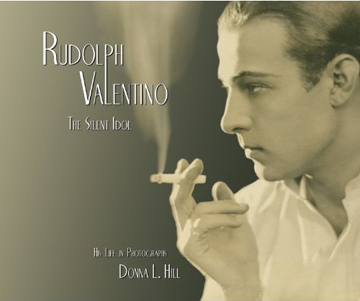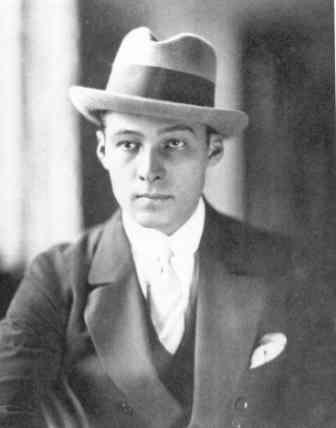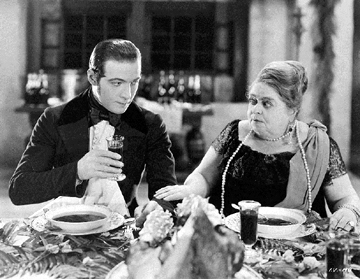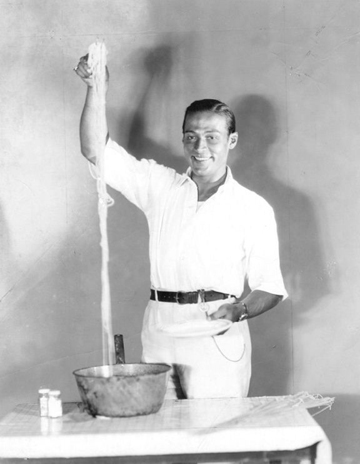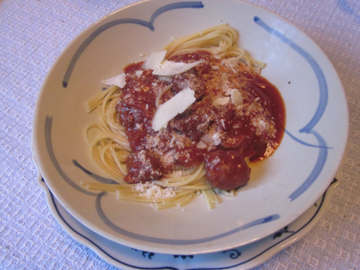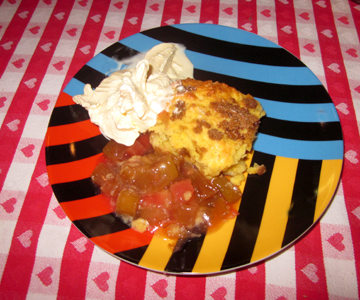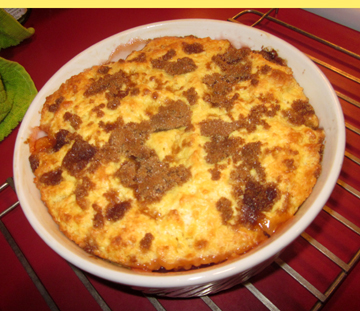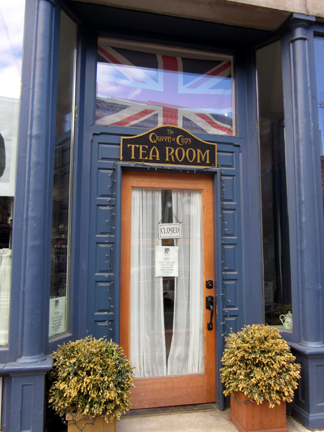
My friend Peter has been telling me for months that I would love the Queen of Cups Tea Room in Greenfield, Massachusetts. It takes me a while to get ANYWHERE, however, so I only recently managed to darken the Queen’s doorway.
As usual, Peter was right: I was enchanted by the food; by the shop’s owner, Becca Byram; and by the way the place looks
Decorative plates, cups, and teapots line the walls and the shelves. A leather chair sits in one corner waiting for a solitary tea drinker. Linen-covered tables welcome small groups of sippers. In the back of the shop a counter displays baked goods, particularly Becca’s beloved scones and cookies.
Becca has lived in the United States for almost 20 years. A musician from Worcestershire, England, she married an American and lived for many years in urban areas in this country.
Almost ten years ago she and her husband visited the home of his relatives in Deerfield, Massachusetts. They fell in love with New England, which resembles Becca’s native county. “It has the same kind of farms and the same kind of hillsides,” she told me with a smile on her face.
She and her husband had already started a family—they now have a ten year old and a seven year old—and decided they wanted to raise that family in the area.
As the children grew older and her musician husband continued to travel, Becca longed to find an occupation that would keep her near home and would make her available to her offspring in the evenings.
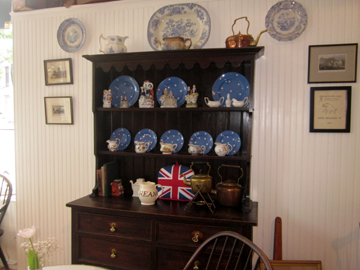
I love the decor at the Queen of Cups!
The Queen of Cups sprang from that desire—and from an observation Becca had made when friends and family visited from England. “I realized that there wasn’t anywhere within at least 40 miles where I could take them for a nice cup of tea,” she explained.
An avid baker like her mother and grandmother before her, she welcomed the opportunity to tie on her apron and bake goodies to accompany those nice cups of tea.
She told me that people often give her plates and cups to fill out the tea room. “They like to see their things displayed.”
When asked about the name of the tea room, Becca laughed. “I am a queen of cups because I have a massive collection of cups!”
She added that she adapted the Queen of Cups Tarot card for her logo. “The Queen of Cups in the card is holding a chalice. Mine is holding a teacup.”

I asked Becca who her customers are. “People who like tea shops LIKE tea shops,” she informed me, “and they will make pilgrimages to find them.”
She says she gets a lot of references from a site called TeaMap, which lists tea rooms by location. Her customers are looking for “tea in a teapot and brewed at the right temperature.”
I am not a tea drinker, alas, but I do love sweets. I convinced Becca to give me her recipe for Jammie Dodgers, the English equivalent of Linzer Tarts.
Along with the formula for the cookies Becca shared her philosophy about recipes: “Very often, bakers guard their recipes as if their very livelihood depended on it. Personally, I have found that many of the greatest recipes are free. This one came originally from the back of a Tate & Lyon sugar packet in England, found by my mother in 1972.
“My family has enjoyed this recipe for years. I hope you do, too.”
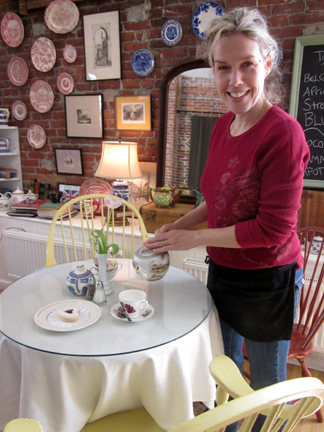
Becca pours tea to accompany a Jammie Dodger.
Queen of Cups Jammie Dodgers
I have to be frank and tell you that when I made these cookies they were much less lovely than Becca’s creations. And the jam (I didn’t have raspberry so I used strawberry) got a bit runny. They tasted absolutely wonderful, however. The cornstarch in the recipe gives them a unique, delicate texture.
Ingredients:
1 cup confectioner’s sugar
1 cup cornstarch
2 cups flour
3 sticks (3/4 pound) unsalted butter, softened
1 tablespoon water
jam as needed (Becca likes to use seedless raspberry)
more confectioner’s sugar for dusting
Instructions:
In a large bowl mix all ingredients (except the jam and final sugar!) until they come together in a soft ball.
Wrap the ball in waxed paper and refrigerate for 1 hour.
Preheat the oven to 350 degrees.
Remove the dough from its wrapping and place it on a lightly floured board. Whack it briefly with your rolling pin to start to loosen it up.
Roll the dough out until it is 1/8 to 1/4 inch thick. Be sure to turn the dough 45 degrees with each roll to keep it even. If your rolling pin starts getting sticky, it’s perfectly all right to use your hands to roll the dough instead.
Use your favorite cookie cutter to cut out shapes. (A the tea shop they use a heart-shaped cutter). Cut out a smaller shape in the center of half of the cookies.
Place the unbaked cookies on parchment-covered sheets. (I used my silicone baking mat.) They do not expand in the oven so they may be reasonably close together.
Bake the cookies (including the small cut-outs, which you may use for decorating pastry or just eat!) for five to ten minutes, or until they are lightly browned. “Keep your eye on them—they bake fast!” Becca Byram cautioned. “Don’t make a cup of coffee because it will take too long.”
Let the cookies sit on their pans above a cooling rack for 20 to 25 minutes before removing.
Just before serving cover the cookies that don’t have shapes cut out of them with a dab of jam; then cover the jam with the cut-out cookies so that the jam peeks through.
Dust with confectioner’s sugar and serve.
Makes about a dozen cookies (more or less, depending on the size of one’s cookie cutters).

